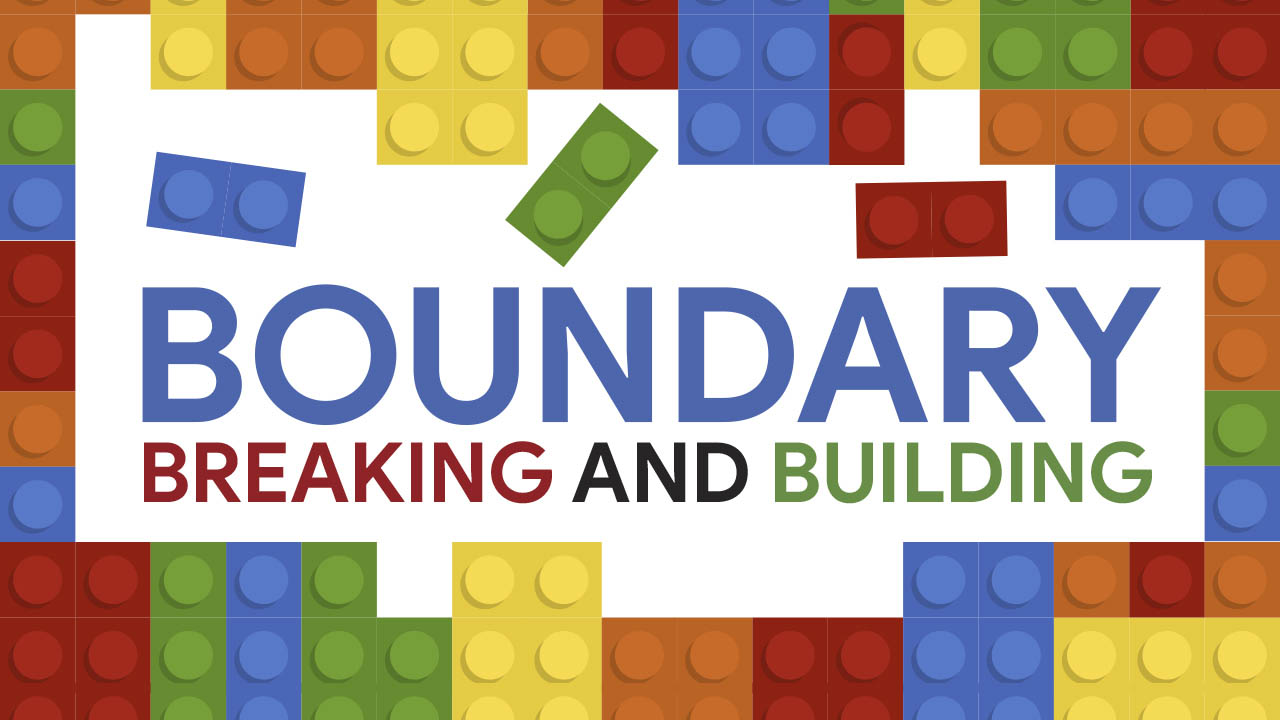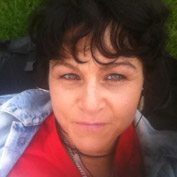Boundary breaking and building
 CREDIT: FSU PUBLICATIONS AND COMMUNICATIONS DEPARTMENT
CREDIT: FSU PUBLICATIONS AND COMMUNICATIONS DEPARTMENTWhen I think back on my early life, constantly tap dancing for people (so to speak) and trying to impress them, I feel exhausted. My constant need to be at everyone’s beckon call was a fear of saying, “No.” I feared being left out and not liked. As a child I went as far as stealing pens and chocolate from the pharmacy for a teacher I was afraid of. I had convinced myself, that if I was sweet as pie, and brought her presents, she wouldn’t embarrass me in front of the class when I made a mistake. After being diagnosed with an acquired a brain injury in 2019, my idea of boundaries and what they looked like had to be relearned and reassessed.
Natalie Woods, psychosocial services coordinator at Dale Brain Injury clinic, believes that understanding the different kinds of boundaries helps to also identify where and when to apply them.
“There’s unhealthy boundaries, rigid boundaries, porous boundaries and healthy boundaries,” Woods explained. “Rigid boundaries are those that are black and white: ‘I need to keep myself safe at all costs,’ ‘I will never ask for help,’ ‘I’m going to do everything on my own,’ ‘I can’t show emotion to other people because then will think that I’m weak.’ Porous boundaries are things like oversharing, doesn’t say no to anybody, says yes to everything, over involved with people’s problems. Healthy boundaries are things like: can communicate needs, accepting when other people say no.”
Woods added that “most people have a mix of these different boundary types.” Meaning, someone might set healthy boundaries at work but in romantic relationships, might accept disrespect out of fear of rejection.
You teach people how to treat you. I heard that on Oprah once, and it stuck with me. What was I teaching people about my boundaries?
According to positivephsychology.com, the definition of a healthy boundary is: a limit or space between you and another person; a clear place where you begin and the other person ends.
Woods said that a person’s life and their sense of self-worth can be drastically improved by taking time to understand boundaries, and where they need to be applied.
“You need to be able to identify boundaries that you’re willing to establish with another person, or with an employer or with social media,” Woods continued. “It all begins with noticing how your mood, and your actions, and how you feel about yourself are impacted.”
Today we live in a social media seduced society which feeds on blurred boundaries. According to Woods, it’s our “feelings” that determine where and when it’s time to set some boundaries. “You might feel tired, anxious in your body about an interaction.
You may start to have physiological responses that you associate with feelings like anxiety, fluttering in your stomach, headaches or body tension.”
Woods also said that there are tools we can apply when we become aware that a healthy boundary needs to be put in place.
“I think it’s really important to explore, develop and to foster, self-compassion, because when we’re inundated with all sorts of social media posts, even marketing in the media…we end up creating a lot of self-criticism in ourselves, which then impacts our values and beliefs.”
There are three key components to self-compassion, according to Woods.
- Speaking warm and kind words towards yourself
- Recognizing that everybody experiences difficult life events, so you’re not alone
- Being mindful of opportunities for you to be self-compassionate
“Brainstorm ideas about who you want to be and how you want to view yourself,” she said. “If hiking or listening to music is really important to you, but you feel this internal sense of expectations of yourself from others to respond to texts and emails immediately, you’re taken out of doing those things that you really enjoy. You might want to take a look at establishing some boundaries around your own use of social media, emails and communicating through these types of media.”
Developing a healthy self-identity is not easy. There really are a lot of moving parts. Woods advocated that students use the people and resources available to them to take the pressure off.
“It can come from a trustworthy person in your life, it could be a counsellor or a pastor. This stuff is kind of abstract and it’s really hard when you’re young and just beginning to explore the ‘me’ you want to be now and in the future. It’s really nice and helpful to have somebody else to bounce ideas off of.”
Think of it this way: when you leave your home, you lock your door. You would never leave your car unlocked. If you saw a friend or family member going through your phone or your backpack, most of us would have something to say about it. We react in this way because it’s easy to identify the need to protect physical, inanimate items in our life like money or cars. Imagine if we protected our emotions and feelings the way we protect our bank cards, student cards or iPhones? Imagine what society would look and feel like if we all treated ourselves like a high valued possession?
















